Science Visualized
-
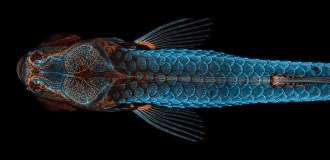 Life
LifeA glowing zebrafish wins the 2020 Nikon Small World photography contest
The annual competition features snapshots that use microscopy to reveal some of Earth’s smallest hidden marvels.
-
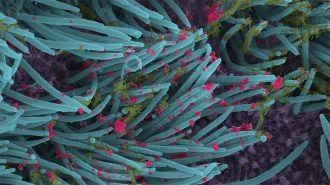 Health & Medicine
Health & MedicineLung cell images show how intense a coronavirus infection can be
Microscopic views reveal virus particles coating the hairlike cilia of an airway cell from the lungs.
-
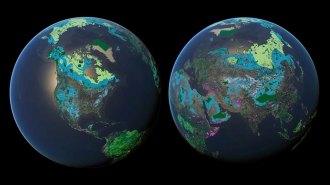 Ecosystems
EcosystemsProtecting half the planet could help solve climate change and save species
An analysis lays out where new land protections could complement existing protected areas to achieve various conservation and climate goals.
-
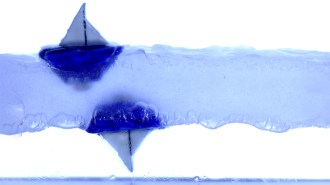 Physics
PhysicsToy boats float upside down underneath a layer of levitated liquid
The upward force of buoyancy keeps objects afloat even in unusual conditions.
-
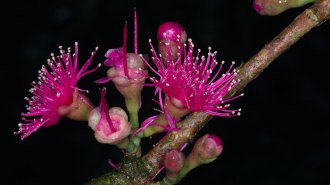 Plants
PlantsNew Guinea has more known plant species than any island in the world
In the first verified count of plants on New Guinea, a team of 99 botany experts identified more than 13,600 species.
-
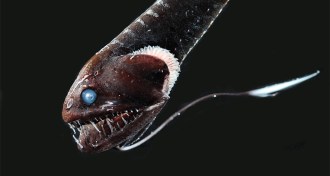 Animals
AnimalsHow some superblack fish disappear into the darkness of the deep sea
Some fish that live in the ocean’s depths are superblack as a result of a special layer of light-absorbing structures in the skin.
-
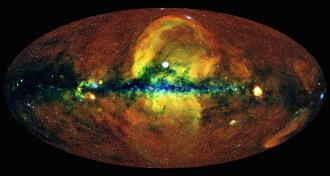 Space
SpaceThis is the most comprehensive X-ray map of the sky ever made
A new X-ray map of the entire sky, using data from the eROSITA telescope’s first full scan, looks deeper into space than any other of its kind.
-
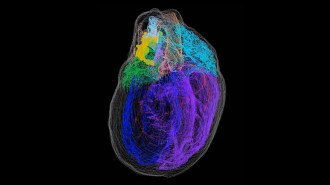 Neuroscience
NeuroscienceA new 3-D map illuminates the ‘little brain’ within the heart
Microscopy and genetic studies yield a comprehensive map of the nerve cells found in the heart of a rat.
-
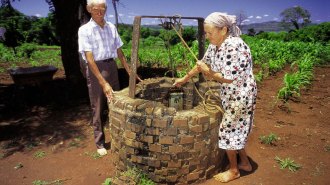 Earth
EarthUp to 220 million people globally may be at risk of arsenic-contaminated water
A new world map highlights possible hot spots of arsenic contamination in groundwater.
-
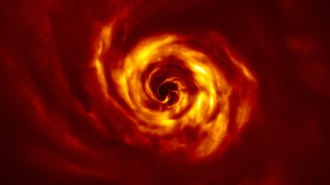 Space
SpaceStunning images of swirling gas and dust may show a planet forming
Infrared images show a spiral of gas and dust around a star 520 light-years away. A smaller, tantalizing twist hints at where a planet is coalescing.
-
 Health & Medicine
Health & MedicineFlorence Nightingale understood the power of visualizing science
Florence Nightingale showed simple sanitation measures could stop infectious diseases’ spread, a timely message given the ongoing coronavirus pandemic.
By Sujata Gupta -
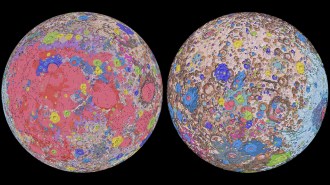 Planetary Science
Planetary ScienceThis is the most comprehensive map of the moon’s geology yet
Cartographers merged Apollo-era maps and modern lunar observations to into a new geologic map of the moon.